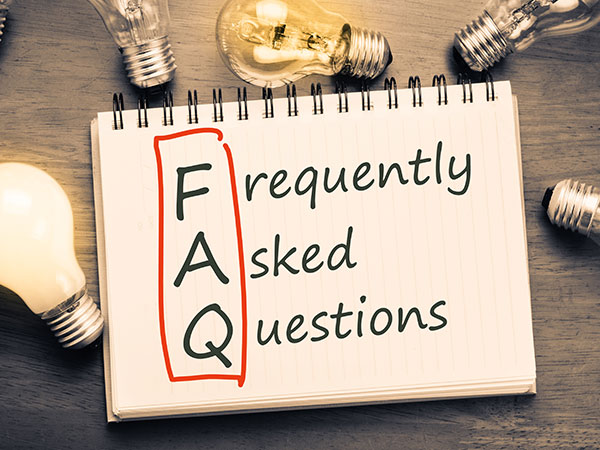
A pumped sewage treatment plant is a sewage treatment plant with a pump to lift the treated water out and in to the ditch or stream. It is used when a normal gravity discharge cannot be used.
This can sometimes happen when the house is on a slight hill. Whilst most treatment plants offer “pump outlets” with good quality pumps, it is always more preferable to try and achieve a gravity outlet.
Adding a pump to the system adds something else that can go wrong. Furthermore, adding the pump increases the risk of the system filling up too much in the event of a power cut.
An improvement over a pumped outlet sewage treatment plant would be to use a normal gravity outlet system, and send the water into a dedicated final effluent pump station. A final effluent pump station can be fitted with twin pumps and offers a safer solution. It is however more expensive. Some of the advantages of a dedicated final effluent pump station are as follows:
The downsides to a dedicated pump station are as follows:
Take home message
If you have to install a pumped sewage treatment plant, do so after you have looked at every possibility of a gravity outlet. Then make the decision whether you just go with the pump housed within the treatment plant or a dedicated pump station. It’s better to understand all the risks and benefits prior to making the decision, as once the equipment is in the ground, you don’t want to be changing it.